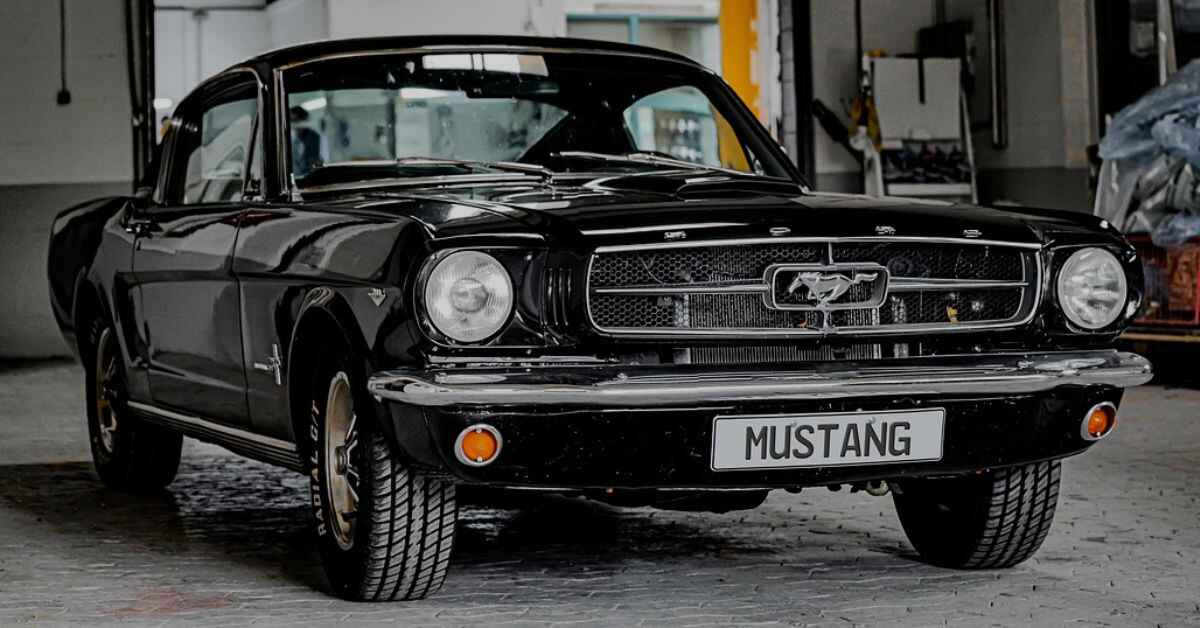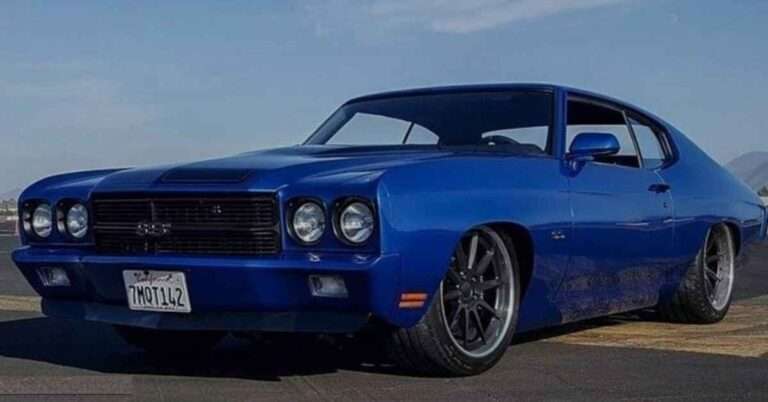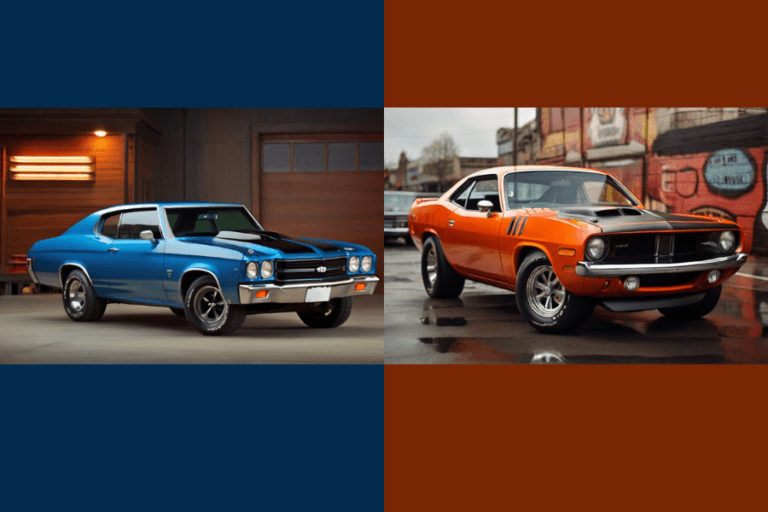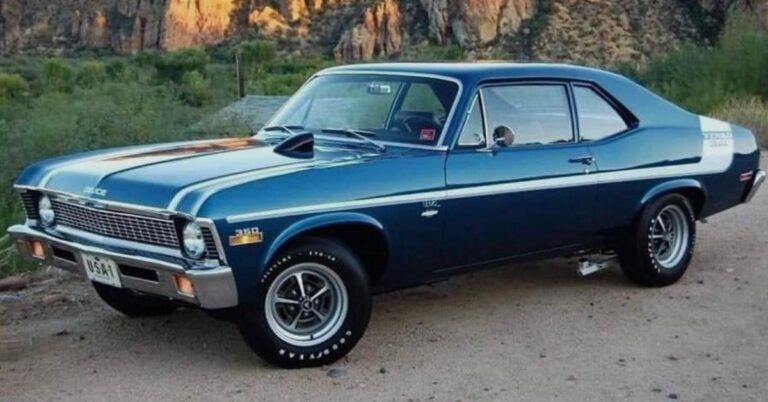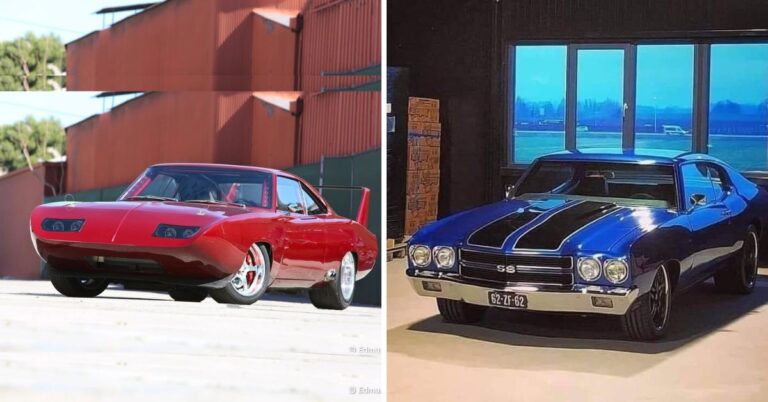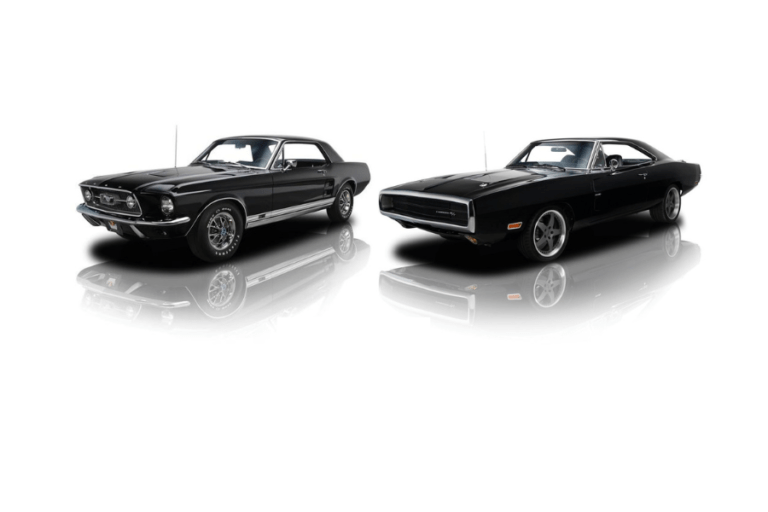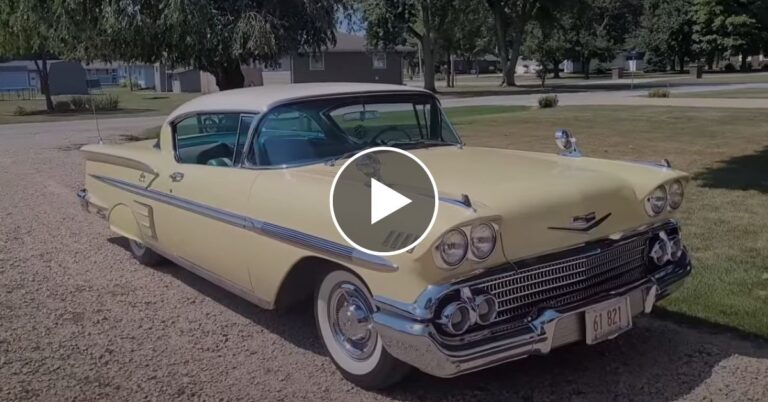The Evolution and History of the Muscle Car
Introduction
The roar of a powerful V8 engine, the distinct silhouette of a coupe with aggressive lines, and the thrill of accelerating down an open road—these are the sensations that muscle cars have brought to car enthusiasts for over 70 years. From the Oldsmobile Rocket 88 to the Dodge Challenger SRT Hellcat, muscle cars have evolved dramatically, yet they remain a cherished part of American culture. In this post, we’ll take you through the evolution and history of muscle cars, exploring their origins, the golden age, and the resurgence that keeps them alive today.
Muscle cars are more than just vehicles; they’re icons of American automotive innovation, representing a blend of power, performance, and style. While the classic muscle car era is often considered to be from the 1960s to the early 1970s, the roots go back further, and the story extends into the present day. This journey begins with the Oldsmobile Rocket 88 in 1949, continues through the muscle car wars of the 1960s, weaves through the challenging times of the 1970s, and finds resurgence in modern models that have rekindled the spirit of the classic muscle car.
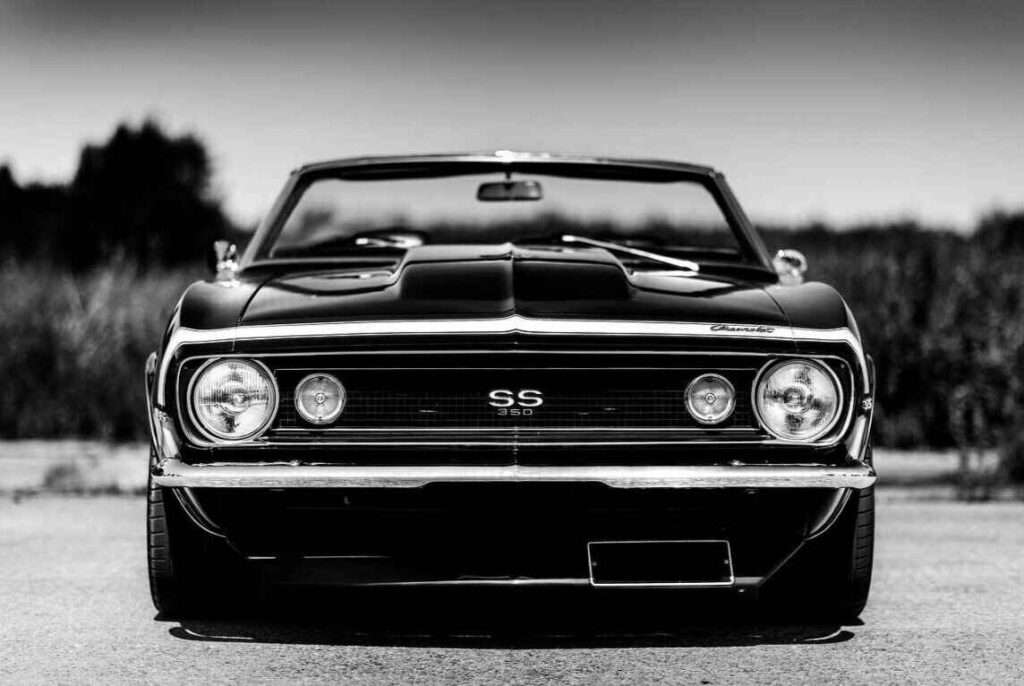
Origins and Early Muscle Cars
The story of muscle cars begins with the Oldsmobile Rocket 88, which debuted in 1949. This first muscle car combined a lightweight body with a high-compression overhead valve V8 engine, a combination that set the stage for an entire genre of performance cars. The Rocket 88 proved its mettle in the 1950 NASCAR season, winning 10 out of 19 races.
However, the origins of muscle cars can be traced back even further, to the Prohibition era of the 1920s. During this time, bootleggers needed fast cars to outrun the police, leading to the modification of vehicles for speed and agility. By the 1950s, former bootleggers brought their modified cars to drag strips, inspiring car manufacturers to produce more powerful models that could compete on the racetrack and the street.
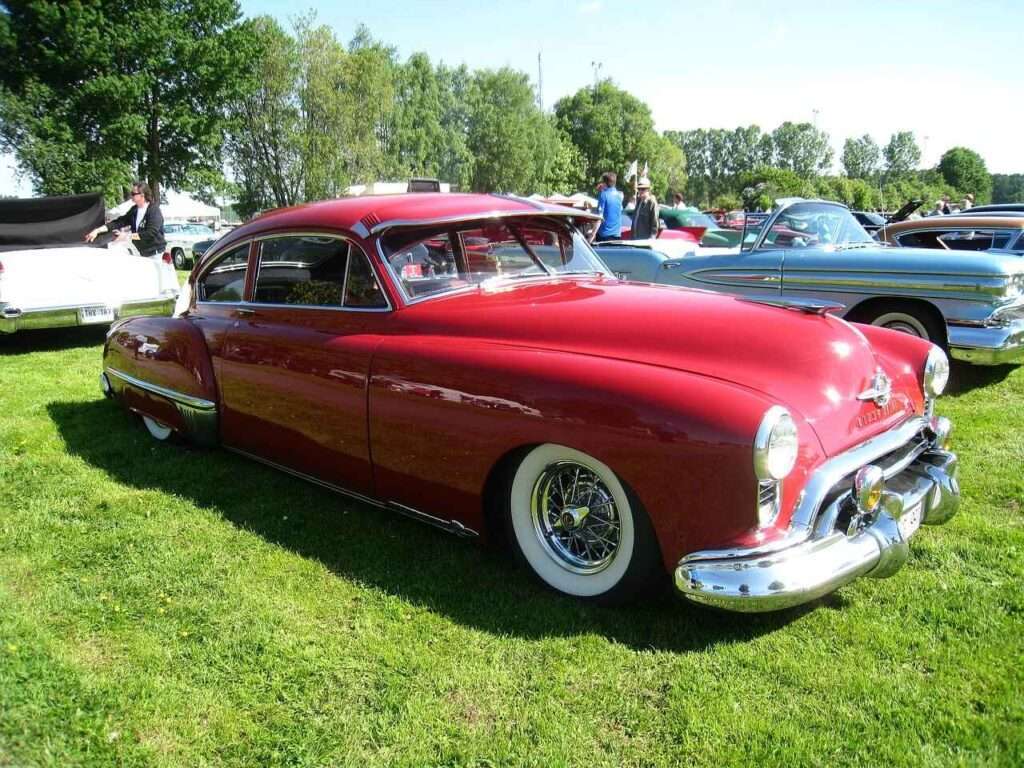
Golden Age: The 1960s
The 1960s ushered in the golden age of muscle cars, with the Pontiac GTO leading the charge in 1964. The GTO’s success ignited the muscle car wars, with manufacturers like Ford, Chevrolet, and Dodge competing to produce the most powerful and stylish cars. The term “muscle car” became widely used to describe these vehicles, which were characterized by intermediate-sized, American-made coupe bodies with powerful V8 engines.
Some of the most iconic muscle cars from this era include the 1967 Shelby Cobra 427 Super Snake, with its 800-horsepower engine; the 1968 Dodge Charger R/T, made famous by its role in multiple “Fast and Furious” films; and the 1969 Chevrolet Camaro ZL1, which offered groundbreaking speed and power. These cars were known for their high-performance capabilities, with quarter-mile times often under 14 seconds.
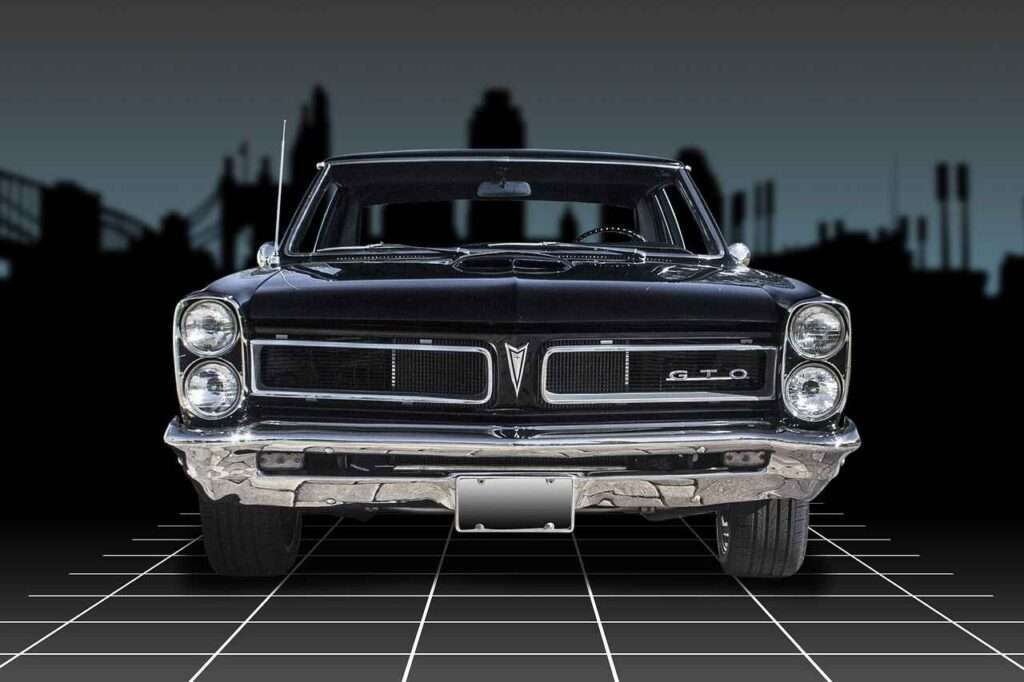
Challenges and Decline: The 1970s
Despite the success and popularity of muscle cars, the early 1970s brought significant challenges. The U.S. oil crisis, the Clean Air Act, and federal regulations made it difficult for manufacturers to produce the same high-powered, high-compression engines. Rising fuel costs and new safety standards forced automakers to rethink their approach to high-performance vehicles.
As a result, the muscle car wars came to an end. Manufacturers shifted focus to smaller, more fuel-efficient cars, and muscle cars took a back seat. Despite these challenges, some notable models emerged in the early 1970s, such as the 1970 Chevrolet Chevelle SS and the 1971 Plymouth Hemi ‘Cuda Convertible. However, these were among the last of the classic muscle cars before the industry transitioned to smaller, less powerful vehicles.
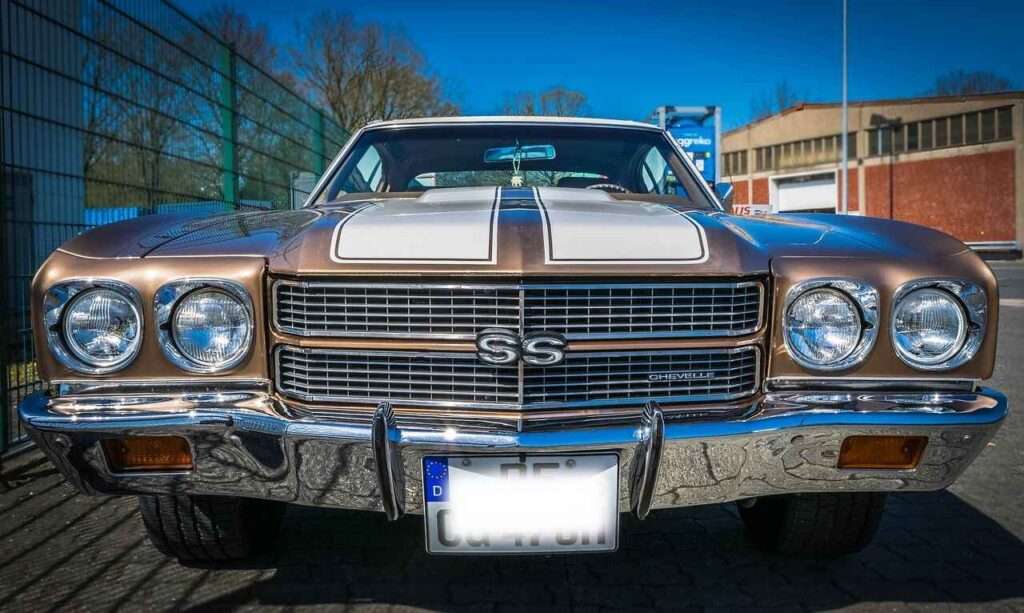
The Resurgence: 1980s to Present
Muscle cars began to make a comeback in the 1980s, as manufacturers adjusted to new regulations and found ways to balance performance with fuel efficiency. The 1980 Pontiac Trans Am Turbo and the 1987 Buick Grand National GNX marked the beginning of a resurgence, with a return to more powerful engines and aggressive styling.
The 1990s saw further development, with models like the 1992 Pontiac Firebird Trans Am GTA and the 1997 Dodge Viper GTS Coupe showcasing sleek designs and impressive performance. The 2000s brought a full revival of the muscle car spirit, with models like the 2008 Ford Shelby Mustang and the 2016 Dodge Challenger SRT Hellcat demonstrating that the classic muscle car could thrive in the modern era.
Conclusion
From their early days as speedsters for bootleggers to the high-octane battles of the 1960s, muscle cars have evolved, faced challenges, and made a remarkable comeback. While the golden age might be behind us, modern muscle cars continue to capture the hearts of enthusiasts with their blend of raw power and sleek design. As we look to the future, it’s clear that the spirit of the muscle car remains strong.
If you have a favorite muscle car or a story about your own experience with one, we’d love to hear from you. Leave a comment below or share this post with fellow muscle car enthusiasts to keep the conversation going. And don’t forget to follow us for more stories about the iconic vehicles that have shaped the automotive world.

